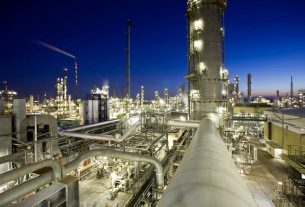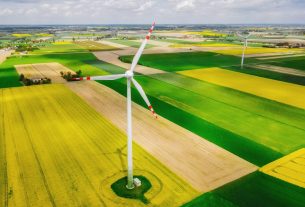United Kingdom – Equinor and SSE Renewables are investigating the fourth phase, Dogger Bank D, of the largest offshore wind farm in the world. The production of hydrogen could be powered by this phase.
Equinor and SSE Renewables each control 50% of the proposed Dogger Bank D development. Construction of the Dogger Bank D proposal, which would add 1.32 GW to the 3.6 GW of fixed-bottom offshore wind power already being built with phases A, B, and C of the project, would require a new development license order.
Due to its location in the eastern portion of the Dogger Bank C lease area, Dogger Bank D would more than treble the amount of land now being utilised. The Crown Estate’s consent must still be obtained before the project can move forward.
Network infrastructure
An early scoping report summarizing current efforts to look at the technical viability of putting the newest technology in place to improve the UK’s renewable energy potential will be published by the developers in late March. The two options being looked into for the energy generated by the offshore wind farm are connecting to the grid and/or producing green hydrogen.
First, electricity would be sent from Dogger Bank D to a grid link in Lincolnshire, where National Grid is building new network infrastructure in response to the UK Government’s intentions to produce 50 GW of offshore wind energy by 2030.
Green hydrogen production
The use of offshore wind energy to produce green hydrogen at a specialized electrolysis facility in the Humber region is the second option that the developers are thinking about. The plant would be the biggest green hydrogen project in the UK if it were completed, and depending on favorable government policy and supply chain alignment, it might aid the UK government in achieving its green hydrogen objectives.
Humber decarbonization
The Dogger Bank Wind Farm’s first three phases, A, B, and C, are more than 130 km off the coast of Yorkshire and will generate enough clean energy to power six million UK homes. Dogger Bank is a joint venture between SSE Renewables, Equinor, and Vrgrnn. SSE Renewables is building and delivering the wind farm, while Equinor will manage it after it is finished.
Equinor and SSE Thermal are currently collaborating to speed the decarbonization of the Humber, the largest and most carbon-intensive industrial region in the UK, through low-carbon projects like Keadby 3 Carbon Capture Power Station, Keadby Hydrogen Power Station, and Aldbrough Hydrogen Storage.
As part of the Zero Carbon Humber initiative, which includes members Equinor and SSE Thermal, hydrogen transmission and storage infrastructure is being developed in the Humber. This infrastructure will be linked to the East Coast Cluster CO2 transmission and storage system. The green hydrogen option at Dogger Bank D may take advantage of the low-carbon hydrogen value chain, which includes the hydrogen pipeline infrastructure and client network.




